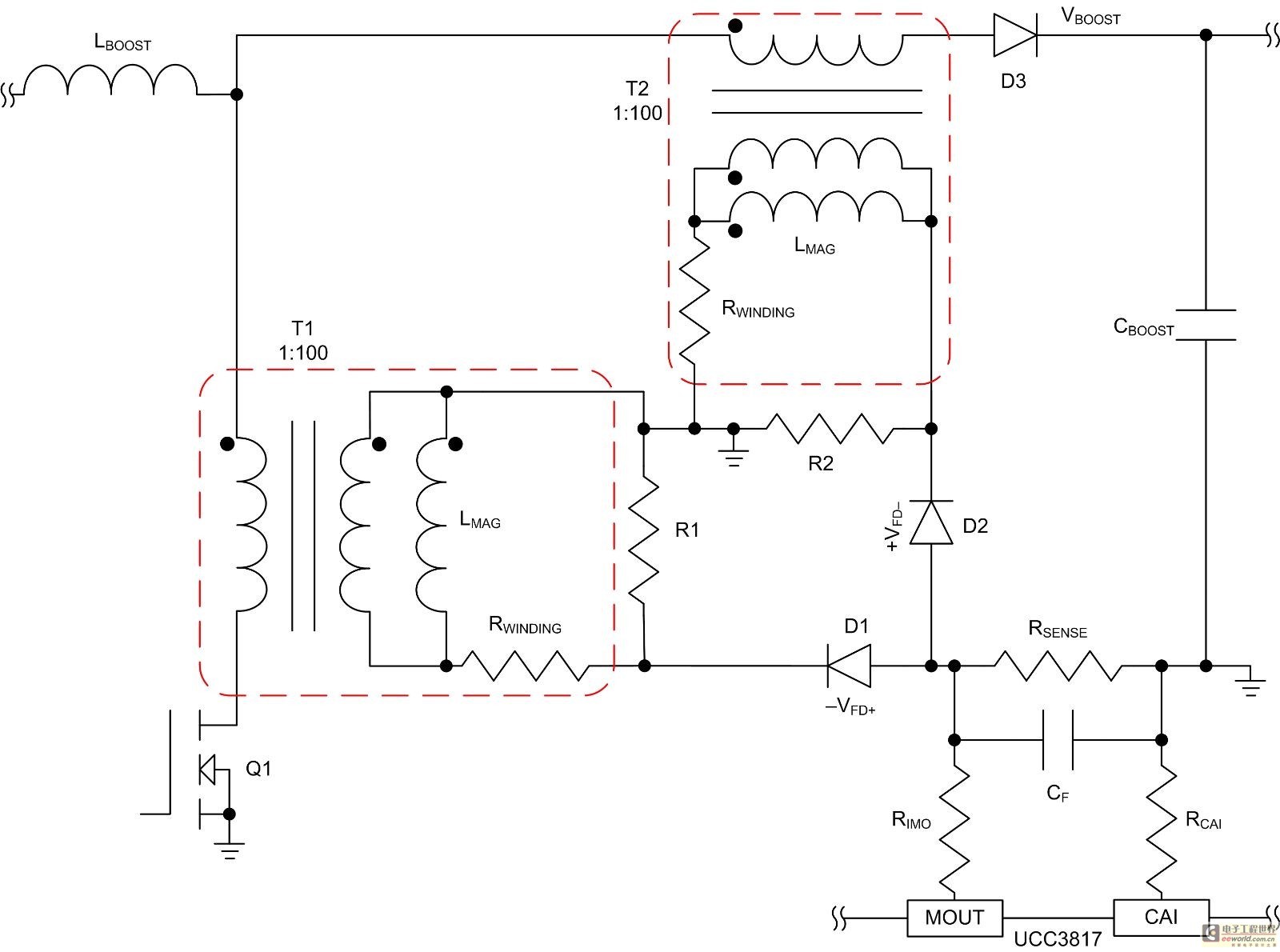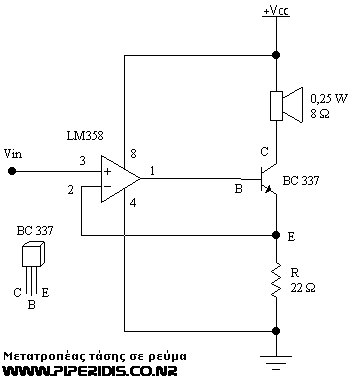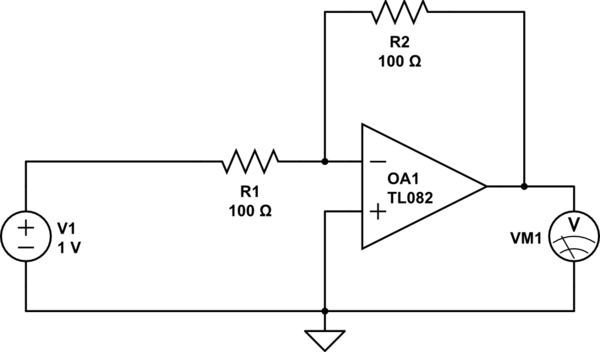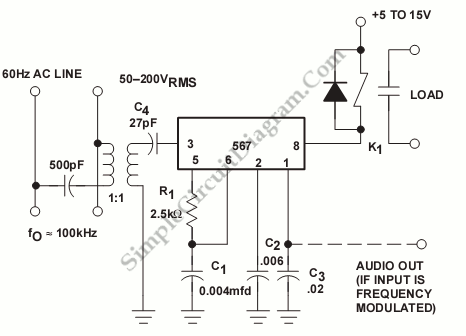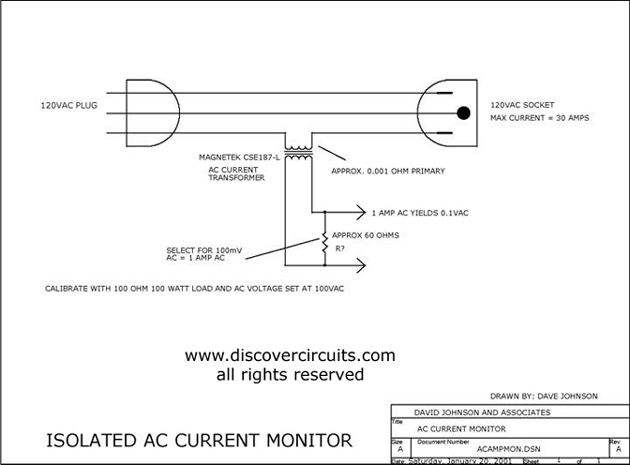
1 mA CURRENT SINKl
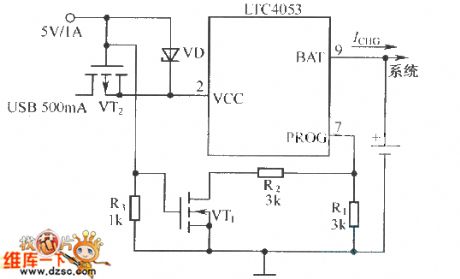
The constant current charging circuit, which consists of a three-port voltage stabilizer, is illustrated in figure 2-21. The electric potential difference between pin-1 and pin-2 of the LM317 is 1.25V. Ignoring the shunting effects of resistors R3, R1, and the LED, the adjustable potentiometer R2 can modify the charging current value, where the constant current I is defined as I = 1.25/R. In practical applications, resistor R2 is typically a 1W component. When R2 is set to 25Ω/1W, the charging current delivered to the battery is approximately 50mA. The charging indicator circuit comprises resistor R1 and an LED; by selecting an appropriate value for R3, once the battery reaches the required charging voltage, transistor VT1 will turn off, causing the LED to extinguish. This circuit can charge more than four No. 5 nickel-cadmium batteries. The adjustable power charger circuit described in this article can achieve a maximum charge voltage of 12V and a maximum charging current of 200mA. The adjustable voltage range is from 0 to 12V, while the adjustable current range is from 0 to 200mA, operating in both constant voltage and trickle charging modes, as shown in figure 3-2. When the battery voltage reaches the set value, the circuit ceases operation. The charging voltage can be modified by adjusting the duty cycle of R2. When the battery is fully charged, the voltage-regulator diode VD6 conducts, triggering the transistor VT, which illuminates the green indicator LED2. Consequently, pin-4 of the time-base circuit goes low, halting the oscillation of the circuit, and pin-3 outputs no voltage. The voltage stabilization sampling and error amplification system is composed of pin-1 and pin-2, where the positive phase input at pin-1 receives a 15V DC voltage rectified and output by the inverter sub-sampling winding. This 15V DC voltage is divided by resistors R1 and R2 to provide a 4.7 to 5.6V sampling voltage to the inverter. The reverse phase input at pin-2 receives a 5V reference voltage from pin-14. When the output voltage decreases, the voltage at pin-1 also decreases, prompting the error amplifier to output a low level to increase the output voltage via the PWM circuit. The voltages at pin-1, pin-2, and pin-3 are 5.4V, 5.0V, and 0.06V, respectively, resulting in an output AC voltage of 235V (square wave voltage). When a battery or storage battery with insufficient voltage is connected between points A and B, the partial voltage value at the sliding port of RP1 does not conduct VT5, causing VT4 to conduct. This results in resistor R9 being positively biased, which allows VT3, VT2, and VT1 to conduct, activating VT6 and placing the circuit in a charging state. The charging current can be adjusted by manipulating the sliding port of RP2. As the battery or storage battery voltage increases, the partial voltage at the sliding port of RP1 conducts VT5, leading to the conduction of VT4, VT3, VT2, and VT1, while VD6 turns off to indicate the completion of charging. VT1 is configured with three emitter resistances of varying values through switch S2. This device utilizes the 220V power grid as its power supply. The output voltage is adjusted to the desired level using potentiometer R1. The main technical specifications include: operating voltage of -23 +/- 15V, output voltage of -14 to -15V, output voltage variation rate (with operating voltage variation of +/- 15%) of less than +/- 0.5%, output resistance at I = 4.5A of less than 0.05Ω, maximum output current of 5A, and transistor T3 radiator thermal resistance of less than 100K/W, while each power transistor radiator thermal resistance is less than 5.5K/W. This integrated automatic voltage regulator (AVR) features three adjustable ports, with the lowest base voltage set at 1.25V, demonstrating excellent performance in maintaining a stable output voltage. Additionally, the adjustable port exhibits an extremely low current of approximately 50µA with a minimal variation of 0.5µA, making it suitable for forming constant current and high-frequency circuits. Its output current is Id plus.The constant current charging circuit which is composed of the three-port voltage stabilizer is as shown in figure 2-21. Because the electric potential difference of the LM317`s pin-1 and pin-2 is 1. 25V, if we ignore the shunting effects of R3, R1, LED, the potentiometer R2 can adjust the charging current value, the constant current value I=1.
25/R 2. In actual use, the R2 always uses the 1W resistance. When the R2 is 25 ©/1W, the charging current of the battery is about 50mA. The charging indicator circuit is composed of the resistor R1 and LED, if we choose the appropriate value of R3, when the battery has the required charging voltage, the VT1 will cut off, the LED will turn off. This circuit can charge more than four No. 5 nickel-cadmium batteries. (View) The adjustable power charger circuit which is introduced in this article has the highest charge voltage of 12V, the maximum charging current is 200mA.
The adjustable voltage range is 0-12V, the adjustable current range is 0-200mA, and it has the constant voltage, trickle charging mode. The circuit is as shown in figure 3-2. When the battery voltage rises to the set value, the circuit will stop operating. You can change the charging voltage by adjust the duty ratio of R2. When the voltage of the battery is full, the voltage-regulator diode VD6 punctures the conduction to trigger the conduction of the transistor VT, the green indicator light LED2 turns on, and the pin-4 of time-base circuit has the low level to stop the oscillation of the circuit, the pin-3 has no output voltage.
(View) The voltage stabilization sampling and error amplification system is composed of the pin-1 and pin-2, the positive phase input port pin-1 inputs the 15V DC voltage which is rectified and output by the inverter sub-sampling winding, and this 15V DC voltage is divided by R1 and R2 to supply the 4. 7 ½ 5. 6V sampling voltage to the inverter. The reverse phase input port pin-2 inputs the 5V reference voltage which is output by the pin-14. When the output voltage decreases, the voltage of pin-1 decreases too, the error amplifier outputs the low level to rise the output voltage through the PWM circuit.
The voltage of pin-1 is 5. 4V, the voltage of pin-2 is 5. 0V, the voltage of pin-3 is 0. 06V. At this time the output AC voltage is 235V (square wave voltage). (View) The circuit is as shown in figure 3-3. When the battery or storage battery which has lacking voltage is connected between A and B, the partial voltage value of the RP1`s sliding port can not conduct VT5, the VT4 conducts, the resistance R9 is in the positive bias condition to conduct VT3, VT2, VT1, the VT6 turns on, the circuit is in the charging state. You can change the charging current by adjusting RP2`s sliding port. As the voltage of the battery or the storage battery is gradually increased, the partial voltage value of the RP1`s sliding port conducts VT5, the VT4, VT3, VT2, VT1 conduct, the VD6 turns off to indicate the end of charging.
VT1 sets three emitter resistances with different resistance values through S2. (View) This device uses the 220V power grid as hte power supply. The output voltage is adjusted to the set value by potentiometer R1. The main technical data: Operating voltage:-23+/-15%V;Output voltage:-(14-15)V;Output voltage changing rate (when the operating voltage changing rate is +/-15%):<+/-0. 5%;Output resistance (I=4. 5A):<0. 05 ©;Maximum output current:5A;Transistor T3 radiator thermal resistance:<100K/W;Each power transistor radiator thermal resistance:<5. 5K/W. (View) This integrated AVR has three adjustable ports with the lowest base voltage of 1. 25 V which have perfect performance on keeping a steady output voltage. Besides, adjustable port has a super small current which is only about 50 A and super steady with a difference of 0.
5 A. Therefore, it can be used to form constant current and high frequency circuit. Its output current is Id plu 🔗 External reference
25/R 2. In actual use, the R2 always uses the 1W resistance. When the R2 is 25 ©/1W, the charging current of the battery is about 50mA. The charging indicator circuit is composed of the resistor R1 and LED, if we choose the appropriate value of R3, when the battery has the required charging voltage, the VT1 will cut off, the LED will turn off. This circuit can charge more than four No. 5 nickel-cadmium batteries. (View) The adjustable power charger circuit which is introduced in this article has the highest charge voltage of 12V, the maximum charging current is 200mA.
The adjustable voltage range is 0-12V, the adjustable current range is 0-200mA, and it has the constant voltage, trickle charging mode. The circuit is as shown in figure 3-2. When the battery voltage rises to the set value, the circuit will stop operating. You can change the charging voltage by adjust the duty ratio of R2. When the voltage of the battery is full, the voltage-regulator diode VD6 punctures the conduction to trigger the conduction of the transistor VT, the green indicator light LED2 turns on, and the pin-4 of time-base circuit has the low level to stop the oscillation of the circuit, the pin-3 has no output voltage.
(View) The voltage stabilization sampling and error amplification system is composed of the pin-1 and pin-2, the positive phase input port pin-1 inputs the 15V DC voltage which is rectified and output by the inverter sub-sampling winding, and this 15V DC voltage is divided by R1 and R2 to supply the 4. 7 ½ 5. 6V sampling voltage to the inverter. The reverse phase input port pin-2 inputs the 5V reference voltage which is output by the pin-14. When the output voltage decreases, the voltage of pin-1 decreases too, the error amplifier outputs the low level to rise the output voltage through the PWM circuit.
The voltage of pin-1 is 5. 4V, the voltage of pin-2 is 5. 0V, the voltage of pin-3 is 0. 06V. At this time the output AC voltage is 235V (square wave voltage). (View) The circuit is as shown in figure 3-3. When the battery or storage battery which has lacking voltage is connected between A and B, the partial voltage value of the RP1`s sliding port can not conduct VT5, the VT4 conducts, the resistance R9 is in the positive bias condition to conduct VT3, VT2, VT1, the VT6 turns on, the circuit is in the charging state. You can change the charging current by adjusting RP2`s sliding port. As the voltage of the battery or the storage battery is gradually increased, the partial voltage value of the RP1`s sliding port conducts VT5, the VT4, VT3, VT2, VT1 conduct, the VD6 turns off to indicate the end of charging.
VT1 sets three emitter resistances with different resistance values through S2. (View) This device uses the 220V power grid as hte power supply. The output voltage is adjusted to the set value by potentiometer R1. The main technical data: Operating voltage:-23+/-15%V;Output voltage:-(14-15)V;Output voltage changing rate (when the operating voltage changing rate is +/-15%):<+/-0. 5%;Output resistance (I=4. 5A):<0. 05 ©;Maximum output current:5A;Transistor T3 radiator thermal resistance:<100K/W;Each power transistor radiator thermal resistance:<5. 5K/W. (View) This integrated AVR has three adjustable ports with the lowest base voltage of 1. 25 V which have perfect performance on keeping a steady output voltage. Besides, adjustable port has a super small current which is only about 50 A and super steady with a difference of 0.
5 A. Therefore, it can be used to form constant current and high frequency circuit. Its output current is Id plu 🔗 External reference
